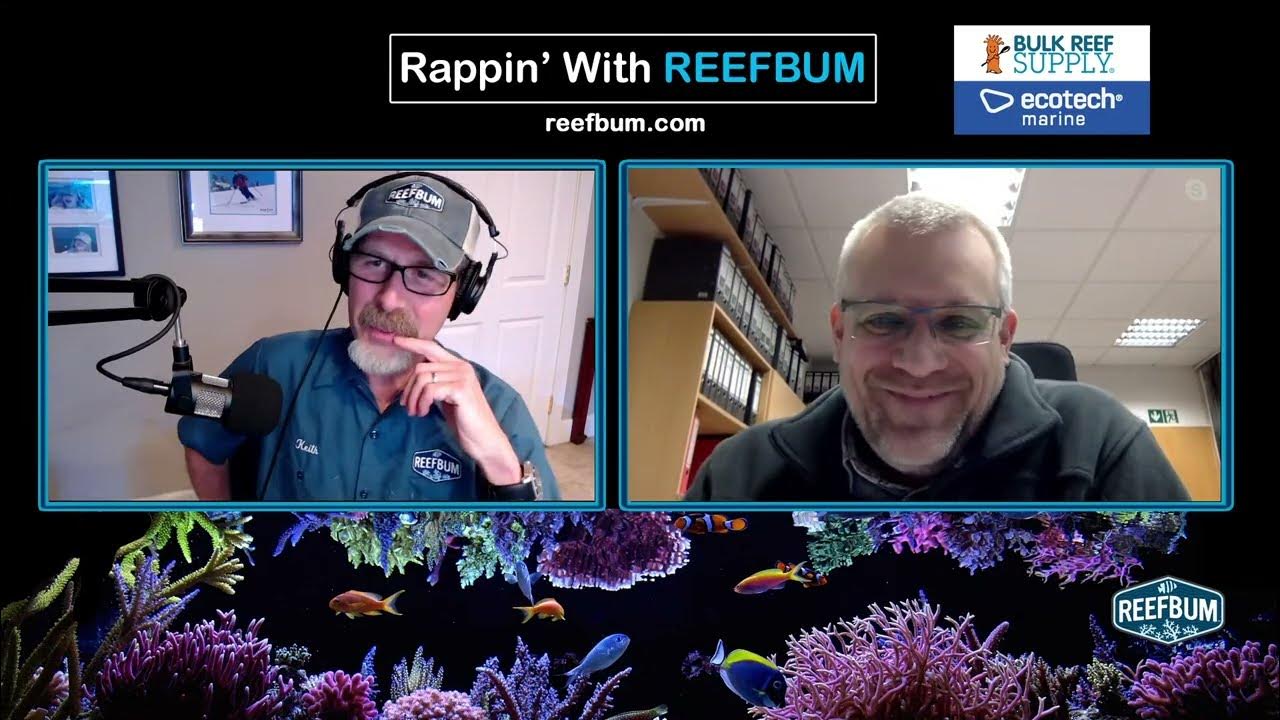I see this a lot and it kind of implies to me that there is regression in reef keeping knowledge. Something was lost and now we need to focus on trace elements or PO4 etc…
But at the same time perhaps there is some truth to the observations. From what I understand few years back 10+ people used live rock, people could buy colonies for lot less vs. the miniature frags available today, replace losses easily etc… Fish availability was better and price as well. So I suspect you could have a better reef from the start vs. now that lot more effort is required to get decent working reef tank.
Also I see long time reefers use calc reactor and that is really another form of trace element dosing if you use old coral skeleton. ICP just tells you what else is possibly missing.
I don’t think anything was lost…I’d argue that something has been found. Something they only could have dreamed about back then. There were some nice older tanks back in the day no doubt, but IMO only a few would be able to compete against some of the insane colors and growth we get today. One that comes to mind is Krzysztof Tryc’s Zeovit Reef. The “majority” of reefers back then were not experiencing the level of success, color, growth, etc..that we are today. A lot of that has been the result of better chemistry, equipment, and automation.
Today I’ve seen wall to wall Acro tanks with 24-36” colonies in just 2-3 years. Look at Coral Fragz current tank, he’s proof! There’s not many (if any at all) from 20-30 years ago who could come close to matching his growth speed which has a lot to do with his trace element dosing and automation. Having the capability to spread doses out, and automate everything makes a big difference with stability. If you look at Hydro’s Dynamic dosing…it’s insane. The stability is basically that of a calcium reactor.
Speaking of Calcium Reactors…I have one. That was a great advantage back then, and if you look at many of the TOTM’s on RC you’ll find several of them using a Calcium Reactor and Kalk. What did that accomplish? I’d say more trace elements, stability, and better pH. Yes, they do add back “some” trace elements if you use natural coral bones, but they don’t come close to adding back everything at good target levels. I still need to supplement a ton of elements.
I just see a level that we’re at today that wasn’t easily achievable back then for most reefers. Instead of trying to fight against it, I’ve jumped in to see for myself, and like Mr. Saltwater Tank said above…”my tank has never looked better.”





















